Having a pool of your own in your personal property sounds and seems extreme fun, right? One of the most popular types of pools preferred in private properties is In-ground pools.
The reason for their popularity is the available infinite in-ground pool ideas, the material (concrete, vinyl, fiberglass), and the easy and quick installation.
But when you have a whole pool of your own, the maintenance and care also come in hand. If you have an in-ground pool, it is important to sometimes drain the pool- both for your pool’s long life and for your hygiene.
However, different people will suggest different ways to draining an in-ground pool.
If you, too, are looking for the best way to drain your in-ground pool, do not worry! This guide will help you with draining your pool in the best way possible. Keep reading to know.
The Steps to Drain Your In-ground Pool.
- Close the Return Lines – The water in a pool usually cycles through the pool’s filter system and gets back into the pool. Now, if your pool is in filter mode, no water will be added to the pool, and hence, no need to shut off the return lines. In other cases, return lines need to be closed off. Another point of concern here is if you close off the return lines and keep only the waste line open, it might not be able to take the pressure of GPM by the pump. This usually happens when the water is being drained by a garden hose. Also, make sure that you close the extra water features (spa fountains, spa jets, etc.) If you have any.
- Opening the Waste Lines (Sand/DE Filter) – Before turning on the pump, make sure to turn on the sand or DE filter. Rotate the handle to the multiport valve on Waste mode. Also, positively check that a waste line is attached to the “waste port” and then turn on the pump.
- Cartridge Filter Waste Line – You will have to open the ball valve to the waste line if you have a cartridge filter. Now, if you have only the option of a pipe outlet to get rid of the pool water, it is advised to consider replacing it with a 1 ½ inch ball valve.
- Shut Off the Suction Lines – As soon as the water gets halfway down the skimmer opening, shit off the skimmer suction lines to avoid air from getting sucked inside. If you have a suction port with a suction cleaner, that also needs to be shut off. In general, all suction lines are controlled by a diverter valve, so if you find any, you can shut them all with that valve.
- Main Drain – When you keep the main drain open, ensure that the main drain to the diverter valve is not clogged and is opened fully. A clogged main drain will show a noticeable decrease in the flow of water. In such a case, you will have to rent or buy a submersible pump for the process.
Where Will the Water Go?
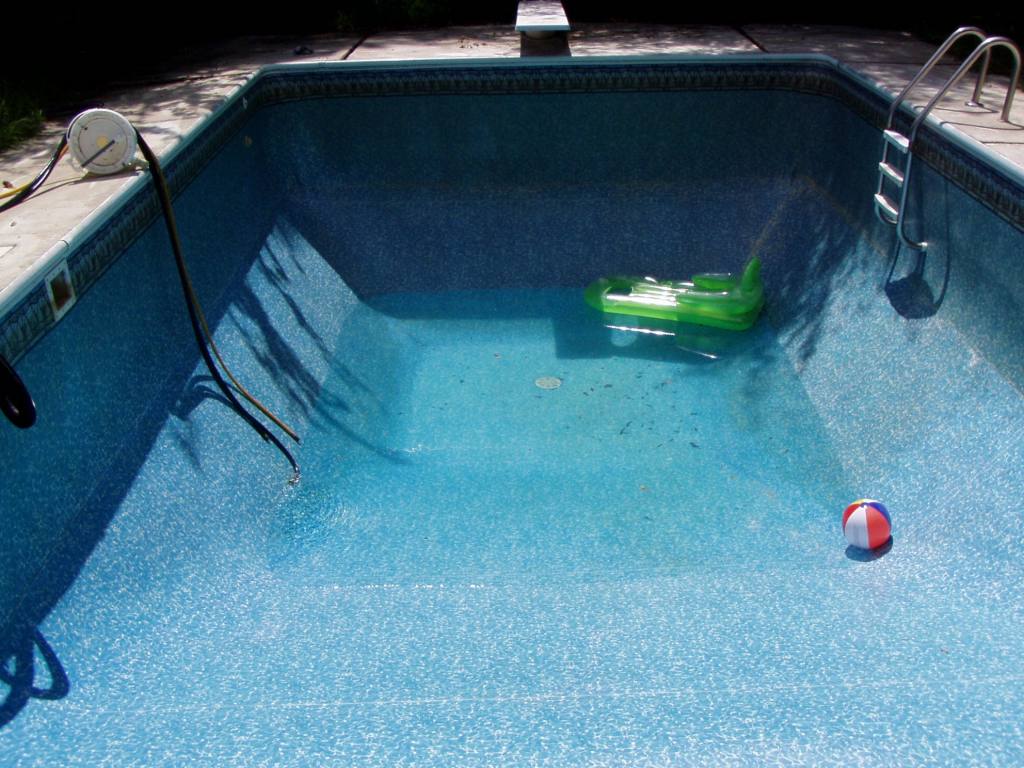
After following the above steps in order, your draining process will be almost done. But an important thing to preplan is where you will be draining those gallons of water. Municipalities in different areas have their own rules. So, check into your local municipality for a solution.
Other Considerations
The whole process of draining an in-ground pool is not easy and quick. It needs patience, time, and considerable hard work. Before you execute your draining process, it is important to check out a few considerations. Here are some common ones to start with –
- Draining a pool means removing and getting back gallons of water. This might demand quite a budget. So, execute when you are ready for the bill.
- A pool should not be left empty for more than a week, max. So, plan to drain only when you have the time to drain and refill your inground pool.
- At last, ensure that the pool water you drain is not high in chemical concentrations. No matter where and how you drain that water, it should not be hazardous to anyone and anything.

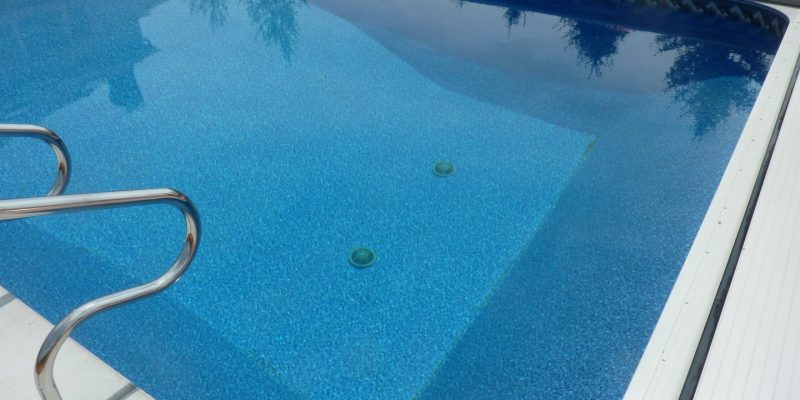

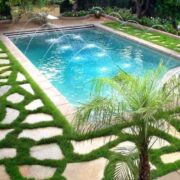



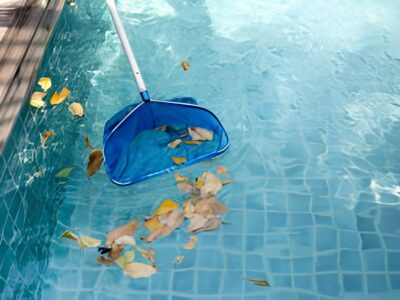
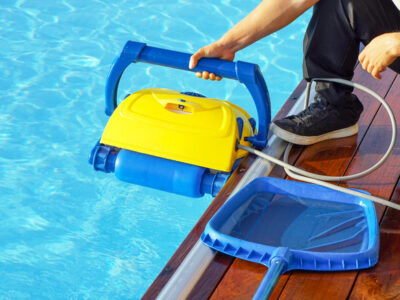
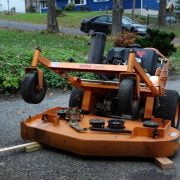
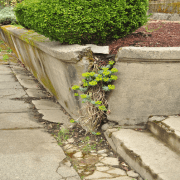

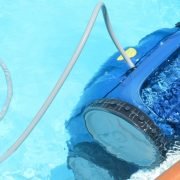
Comments